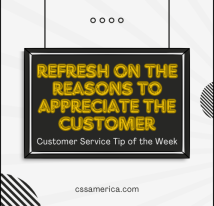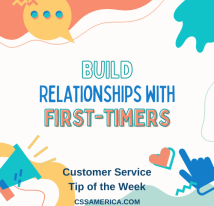
You may have heard of management gurus – these people who seemed to know all and be all, to have the wisdom of 1000 leaders. Maybe you’ve heard it in your industry as a guru in sports psychology or the master of economics or sociology or human behavior.
And so you don’t roll your eyes at the thought of you being a guru, it’s always helpful to understand the origin of the word. Upanishads in 10th century to 6th century BC said “The syllable ‘gu’ means darkness, the syllable ‘ru’ means dispeller; he is therefore called a ‘guru’ because he dispels darkness.”
I really like this definition – it goes away from the modern interpretation that gurus are far more brilliant than any of us could ever imagine being, that they are somehow superior intellectually to others.
The Situations with Darkness
With Upanishads’ definition in mind, how can we become gurus in our respective jobs? The definition talks about gurus being people who can dispel darkness. So to be a guru, you don’t have to have knowledge far exceeding others. You just have to have a given situation where you can dispel darkness.
Maybe it’s dealing with the sports fan who is unsure whether to invest in tickets for games this year. You could be dealing with the local contractor who is struggling with tasks he’s done 100 times because he’s so overwhelmed by economic concerns. You could be dealing with a patient or a family member whose anxiety and fear of the unknown is understandably high.
How to Bring Light
Einstein once said that darkness is an absence of light, so how can you bring light in these situations?
You bring it in by listening to the other person. You bring it in by truly trying to understand what they’re going through, even if you’re not going through it yourself. You try to identify what is causing that darkness and see if there are some solutions that can be brought to light. You try to bring some lightness in tone to the situation – often people are so concerned and burdened that just the positive/pleasant/upbeat tone and some levity, appropriately delivered, can bring light in the situation.
Being a guru can mean dispelling darkness. It can be you enlightening them on new information. It can be you bringing to light something that’s unknown to them, that may work for them. It can be you being light at times in the tone you take.
To truly be a guru, understand what could be causing their darkness and dispel it by enlightening them, bringing solutions to light, and bringing a lighter tone whenever possible.
Signup for FREE Tips! Contact Us More Resources for You Visit Our Home Page























